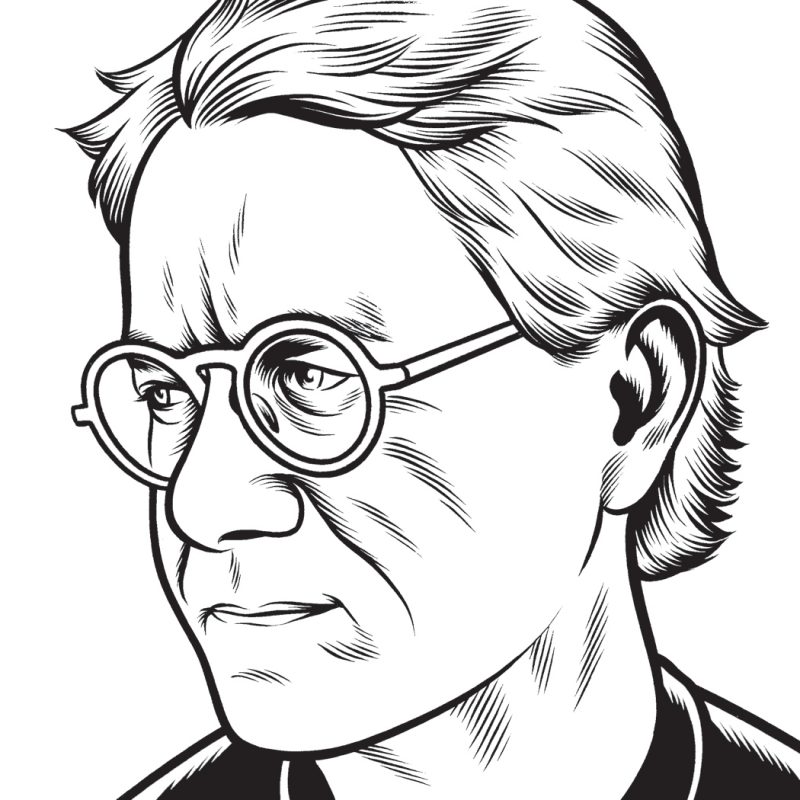(1) Lana Del Rey, “Young and Beautiful,” in The Great Gatsby, directed by Baz Luhrmann (Warner Bros.). I’ve seen this deeply empathetic translation of the novel—where you absolutely believe that people in the ’20s were going wild for hip-hop: what else would they be dancing to?—every chance I’ve had (Paris, Berkeley, airplane), and I expect to be going back to it for years. I always see and hear something new, as with this song—gorgeous, but also acrid, like a rotting flower—or less the song itself, maybe, than the way it’s threaded through the film, fading deeper into the background each time it surfaces, but never less than indelible, recasting whatever scene it inhabits, moving the characters closer to death each time.
(2) Finney Mo and His West Dallas Boys live at the River Club in Dallas, 1976 (“Finney Mo / River Club 2,” YouTube). He had the noticeable “Shake That Thing” in Texas in 1963, but this underwater performance from 1976 is worlds away from any sort of conventional rock ’n’ roll or R&B—it sounds like a secret tape Van Morrison kept as a magic lantern to rub when the spirit left him. The musicians slither along the riverbed; Finney rises every minute or so to call out what sounds like “blind robber blind” over and over. You realize there’s going to be no story, except that the story—someone going nowhere, forever—is completely present in the slow scratching on the guitar, the thin, unspectacular sound of the saxophone. Does he really shout “Stackerlee!” at the end? The ordinariness of the life that’s been described would be the real hell for the old legend.
(3) Neil Genzlinger, “Kids These Days: They’re All Older Than 50” (New York Times, November 20, 2013). On a wave of unfunny sitcoms based on putative adults acting like sniggering thirteen-year-olds (The Millers; Brooklyn Nine-Nine; The Crazy Ones; Mom; Dads; Back in the Game; 2 Broke Girls; The New Normal): “Could it be payback for years of baby boomer boasting and self-glorification?
“Boomers have been boring every generation younger than they are for decades with their constant babble about Woodstock, Vietnam, flower power. They have, subtly or overtly, let every subsequent generation know that its music, books, movies and life experiences are inferior,” Genzlinger writes. “The younger generations have choked this down quietly, biding their time. As these generations take over the making of television and become the desirable demographic for advertisers, boomer-age characters are paying the price, and older-than-boomer ones are also being swept up in the retaliation frenzy, a sort...
You have reached your article limit
Sign up for a digital subscription and continue reading all new issues, plus our entire archives, for just $1.50/month.
Already a subscriber? Sign in





